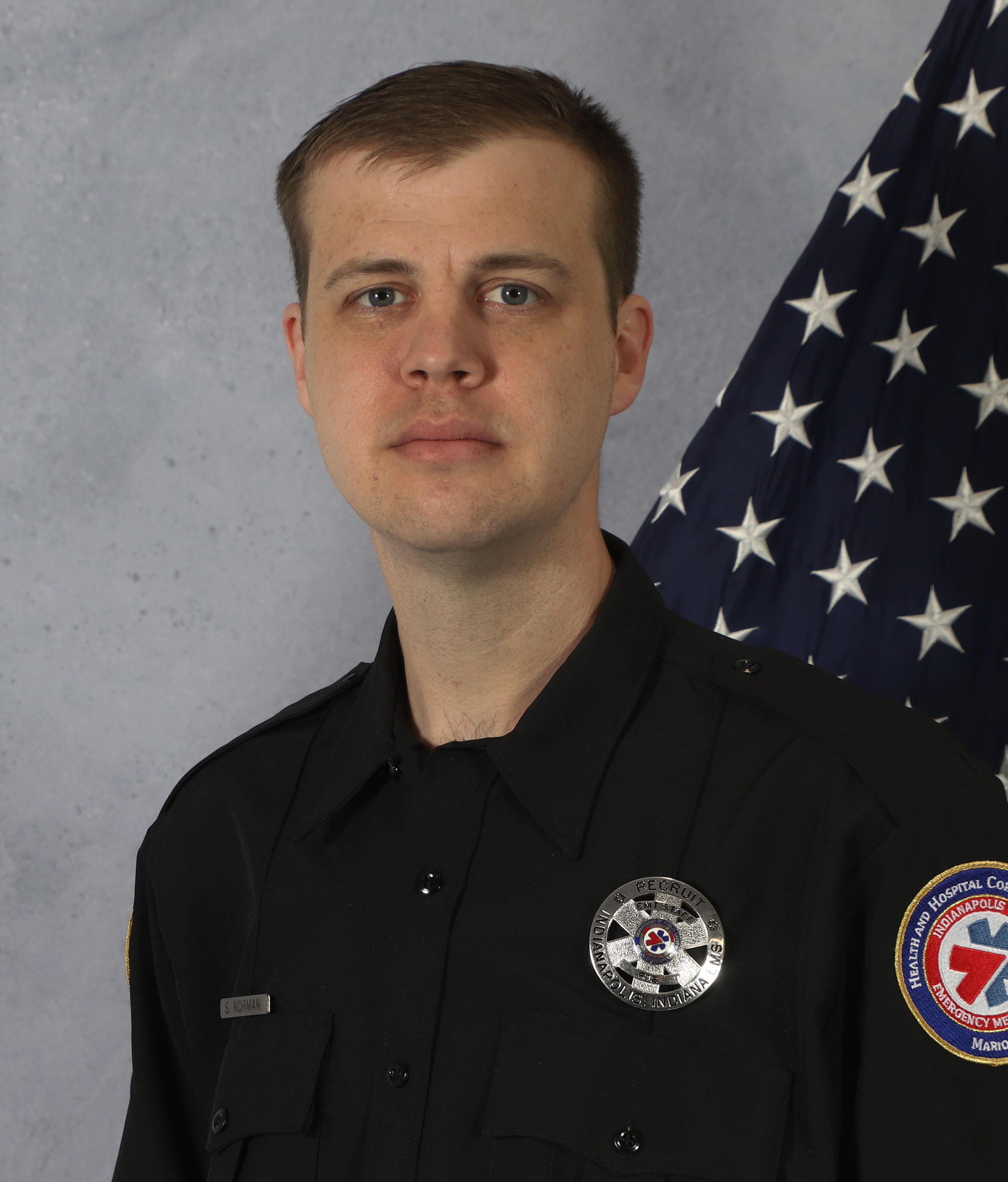All NCLEX Resources
Example Questions
Example Question #311 : General Biology
Which of the following best describes the epithelium of the trachea?
Transitional cells with cilia and goblet cells.
Cuboidal epithelium with cilia and goblet cells.
Stratified squamous epithelium with cilia and goblet cells.
Pseudostratified columnar cells with cilia and goblet cells.
Pseudostratified columnar cells with cilia and goblet cells.
The epithelium of the trachea is made up of pseudostratified columnar cells with cilia and goblet cells.
Example Question #7 : Upper Respiratory Tract
What structure is directly posterior to the trachea?
The thyroid gland
The cervical spine
The esophagus
The pharynx
The esophagus
The esophagus is directly posterior to the trachea, and the cervical spine is posterior to the esophagus. The thyroid gland is anterior to the trachea. The pharynx is superior to both the trachea and the esophagus.
Example Question #8 : Upper Respiratory Tract
What does the trachea bifurcate into?
Left and right primary bronchioles
Left and right primary bronchi
Left and right secondary bronchi
Left and right secondary bronchioles
Left and right primary bronchi
The trachea bifurcates into the left and right primary bronchi. This occurs at a location called the carina, which is at the level of T4-T5.
Example Question #312 : General Biology
A nurse is about to perform an upper respiratory exam on a patient with sinusitis. Which of the following sinuses are inaccessible for assessment by physical exam due to their placement deep within the skull?
The maxillary and sphenoid sinuses
The maxillary and frontal sinuses
The ethmoid and sphenoid sinuses
The frontal and ethmoid sinuses
The ethmoid and sphenoid sinuses
The only sinuses that can be assessed on physical exam are the frontal and maxillary sinuses. The sphenoid and ethmoid sinuses are too deep in the skull to be assessed via physical examination.
Example Question #313 : General Biology
Which of the following structures is the site of gas exchange in the lung?
The bronchiole
The pleura
The bronchus
The alveolus
The alveolus
Gas exchange in the lung occurs exclusively in the alveoli, the tiny grape-like clusters of sacks at the terminus of the bronchioles of the lung. The gas contained in the larger structures of the lung - the trachea, bronchi, and bronchioles, is termed "dead space" as it does not participate in gas exchange.
Example Question #21 : Circulatory And Respiratory Systems
Which of the following is the main trigger for the impulse to breathe?
Constriction of the bronchioles
High blood carbon dioxide
Dilation of the bronchioles
Low blood oxygen
High blood carbon dioxide
The main trigger for the impulse to breathe is high carbon dioxide (decreased blood pH). In response to a decrease in blood pH, the medullary respiratory center triggers the diaphragm and the external intercostal muscles to increase breathing rate.
Example Question #314 : General Biology
Myoglobin can bind with __________ molecule(s) of oxygen, while hemoglobin can bind with __________ molecule(s) of oxygen.
two . . . four
three . . . four
one . . . two
one . . . four
one . . . four
Myoglobin, an oxygen-binding protein in the muscle tissue, can bind with one molecule of oxygen. Hemoglobin, the main oxygen-binding metalloprotein in red blood cells, can bind four molecules of oxygen.
Example Question #623 : Nclex
Hyperventilation results in which of the following?
Metabolic acidosis
Ketoacidosis
Respiratory alkalosis
Respiratory acidosis
Respiratory alkalosis
While hyperventilation or tachypnea may be triggered by various forms of acidosis, they will not cause a decrease in blood pH, but rather push the blood into a more alkaline state. This occurs due to loss of carbon dioxide during respiration, followed by a compensatory decrease in bicarbonate ions. The result is in an elevation in the pH of the blood. This condition is known as respiratory alkalosis.
Example Question #321 : General Biology
What does the term "partial pressure" describe?
The difference between the gas pressure at a particular altitude and sea level
The pressure of a gas at 
The pressure of an overall gas mixture during transition (adding a new gas)
The pressure contributed by a single gas in a gas mixture
The pressure contributed by a single gas in a gas mixture
Many gases, such as room air, are composed of several gasses (in the case of room air, primarily nitrogen, oxygen, and several trace gasses). Partial pressure is the amount of pressure that each gas contributes. To find the total pressure of a gas mixture, one would find the sum of all partial pressures of each individual gas.
Example Question #21 : Circulatory And Respiratory Systems
How do oxygen and carbon dioxide cross the capillary epithelium and alveolar cell membranes during gas exchange?


Osmotic exchange
Simple diffusion
Simple diffusion
Gas exchange in the alveoli occurs by the process of simple diffusion. The blood that enters the lung capillaries is relatively low in oxygen and high in 
Certified Tutor
Certified Tutor
All NCLEX Resources




